For Product Registration and general enquires please contact us
Scarlet Kale
$6.99 – $89.99
A beautiful new variety from UK breeding, Scarlet kale seeds produce plants that grow tall, with highly curled leaves, almost as dark purple as Redbor. Scarlet has great flavour either as baby leaf or mature kale, and the flavour improves (along with the colour) after frost.
West Coast Seeds ships anywhere in North America. However, we are not able to ship garlic, potatoes, asparagus crowns, bulbs, onion sets, Mason bee cocoons, or nematodes outside of Canada. We regret, we cannot accept returns or damages for orders outside of Canada. The minimum shipping charge to the US is $9.99.
Description
More details about Scarlet Kale
A beautiful new variety from UK breeding, Scarlet kale seeds produce plants that grow tall, with highly curled leaves, almost as dark purple as Redbor. Scarlet has great flavour either as baby leaf or mature kale, and the flavour improves (along with the colour) after frost. This is a handsome, ornamental, and very edible kale to try in your organic vegetable garden. Plan short rows of Scarlet for early spring, then for summer, and finally for fall and winter harvests. Chopped or minced raw kale contains the highest amount of sulforaphane, the compound thought to have powerful cancer-fighting properties. Boiling kale loses much of this property, while steaming and microwaving have less impact. Matures in 60 days. (Open-pollinated seeds)-
- Nearly as red as Redbor
- Open pollinated
- Highly curled leaves
- Great as baby greens
- Matures in 60 days
All About Scarlet Kale
How to Grow Kale

Step 1: Timing
Direct sow in early spring to mid-summer for summer to winter harvests. Or start indoors 4-6 weeks before the last frost, and transplant out as soon as the soil warms up. Optimal soil temperature: 10-30°C (50-85°F). Seeds should germinate in 7-10 days.
Step 2: Starting
Sow 3-4 seeds 5mm (¼”) deep in each spot you where a plant is to grow. Thin to the strongest plant. Space 45-60cm (18-24″) apart in rows 75-90cm (30-36″) apart.
Step 3: Growing
Ideal pH: 6.0-6.8. Add lime to the bed 3 weeks prior to sowing. Kale likes well-drained, fertile soil high in organic matter. This plant prefers plentiful, consistent moisture. Drought is tolerable, but quality and flavor of leaves can suffer. Mix ¼ cup of complete organic fertilizer into the soil beneath each transplant, or use 1 cup beneath every 3m (10′) of seed furrow.
Step 4: Germination
Days to maturity: From transplant date. In optimum conditions, at least 80% of seeds will germinate.
Step 5: Harvest
Kale and collards can both be grown as a cut and come again crop for salad mixes by direct-seeding and cutting when plants are 5-8cm (2-3″) tall. They will re-grow. Or pick leaves from the bottom up on mature plants as you need them. In spring, the surviving plants start to flower, so eat the delicious flowering steps and buds.
Tips!
Disease & Pests: Protect from cabbage moths and other insect pests with floating row cover. Prevent disease with a strict 4-year crop rotation, avoiding planting Brassicas in the same spot more than once every four years. Companion Planting: All Brassicas benefit from chamomile, dill, mint, rosemary, and sage. Avoid planting near eggplants, peppers, potatoes, or tomatoes, as the acidic soil these plants thrive in can cause problems for Brassicas.Additional information
| Matures | in 60 days |
|---|---|
| Season | Cool season |
| Exposure | Full-sun |
| Quantity | 25, 100, 500, 2500 |
You must be logged in to post a review.




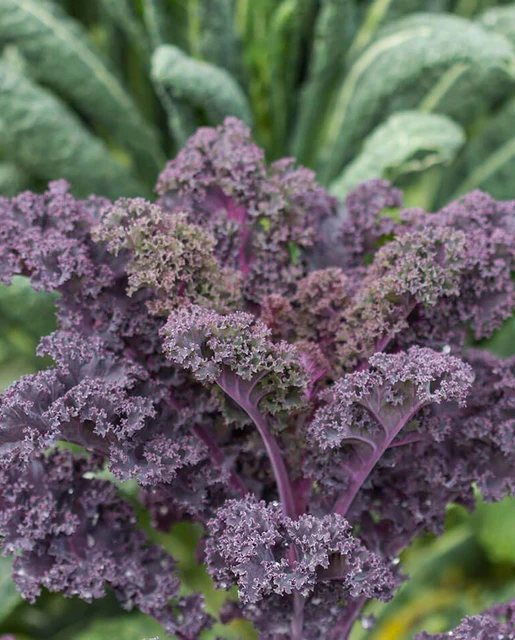
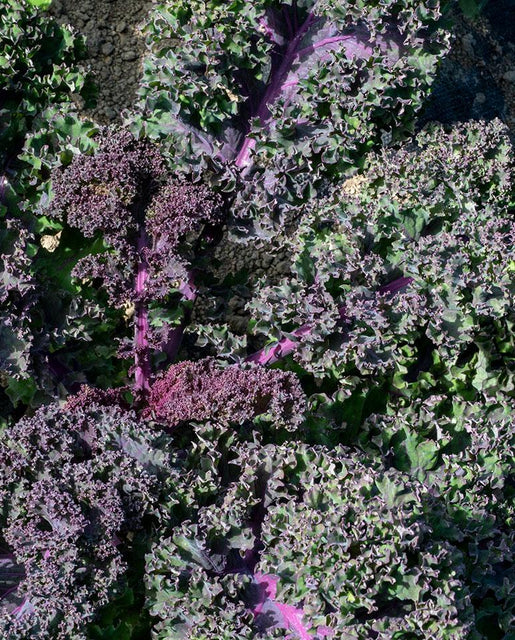
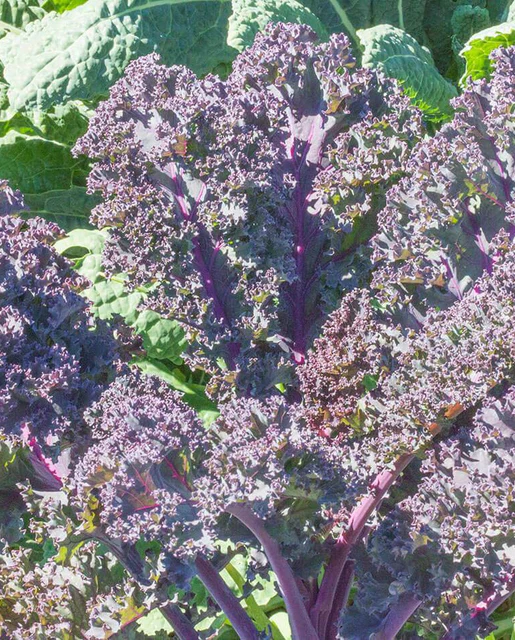
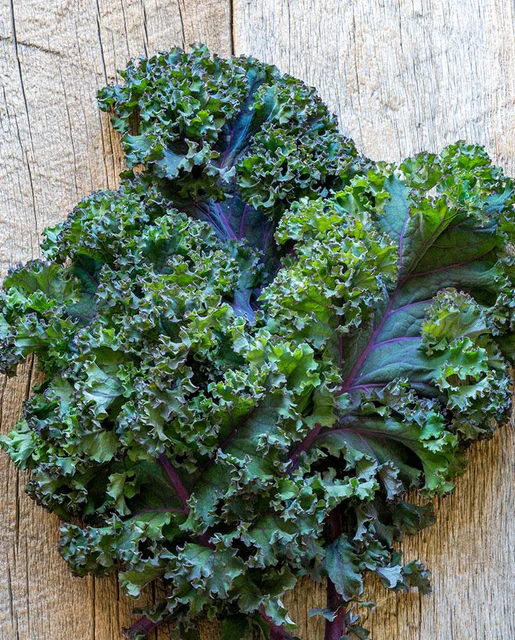
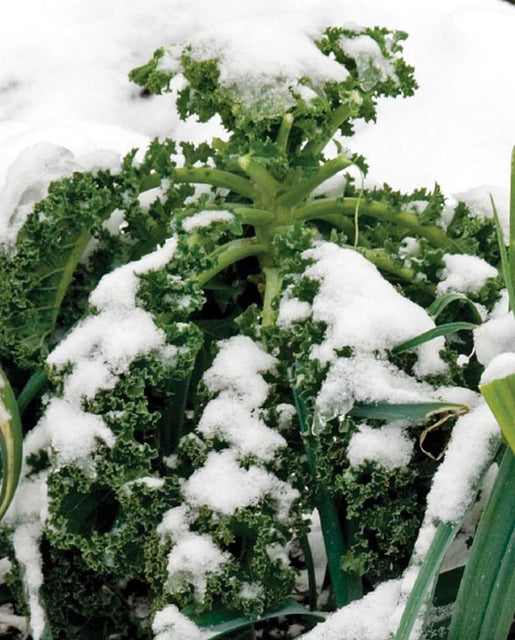
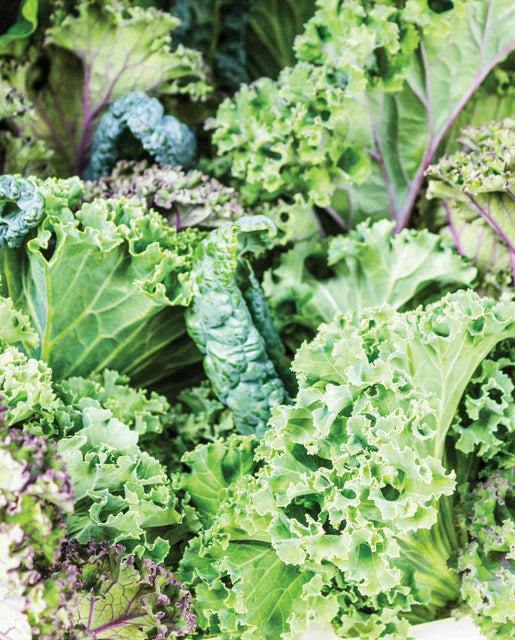
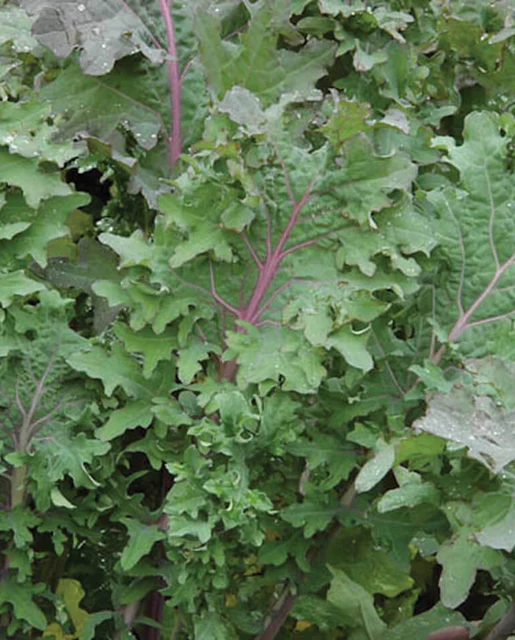
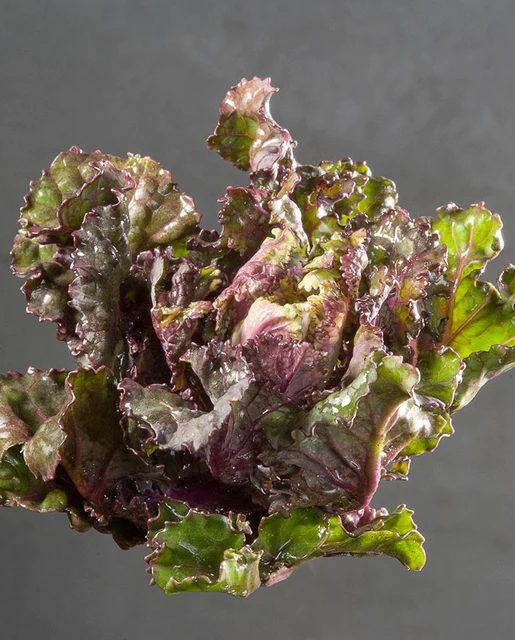
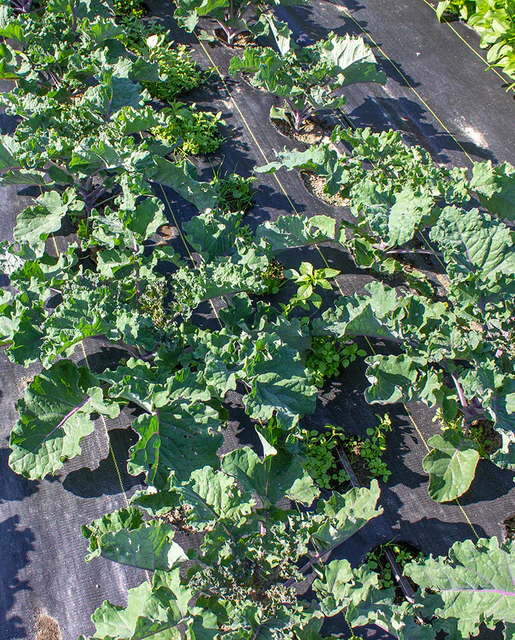




Reviews
There are no reviews yet.